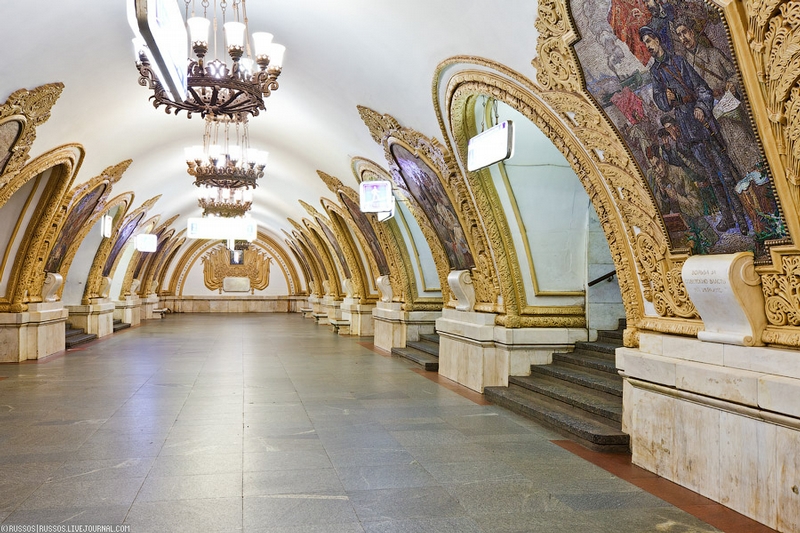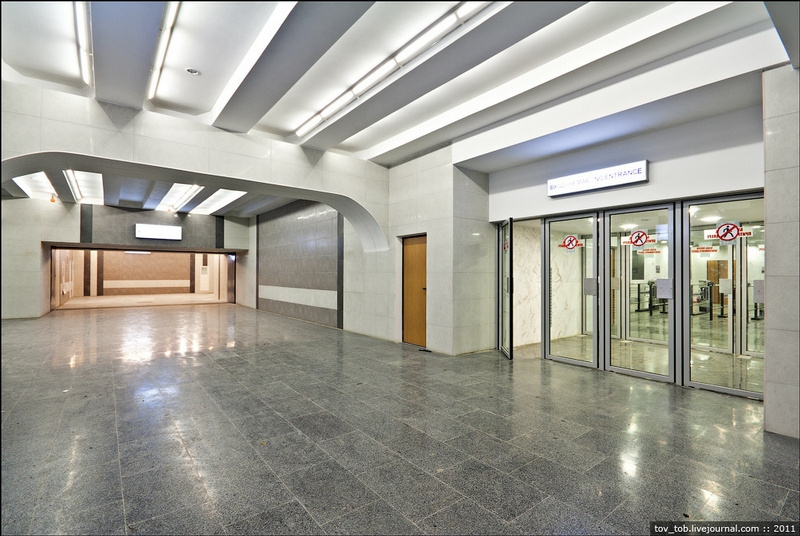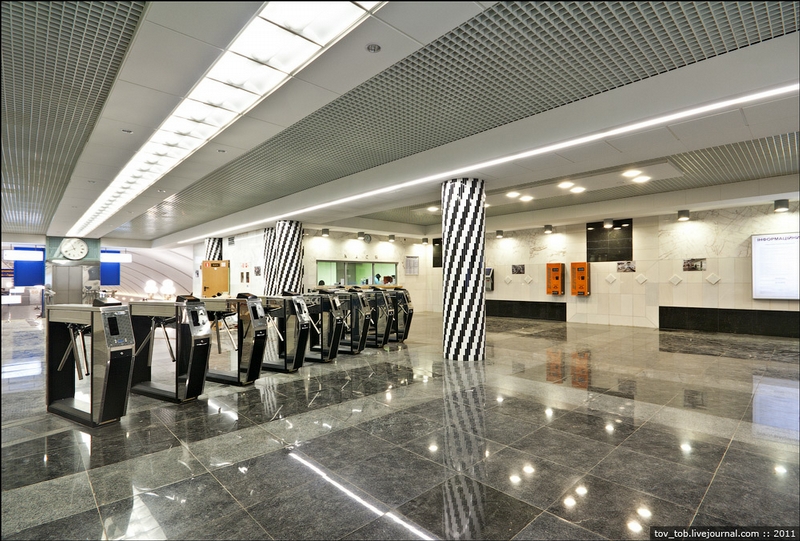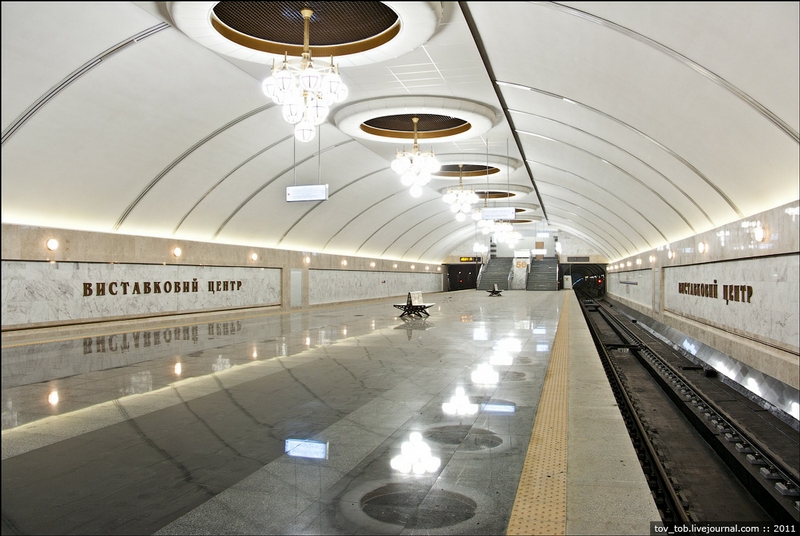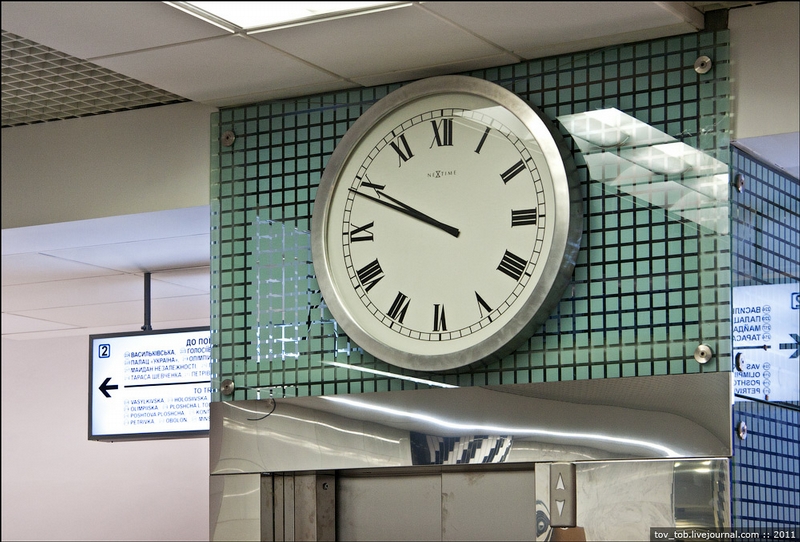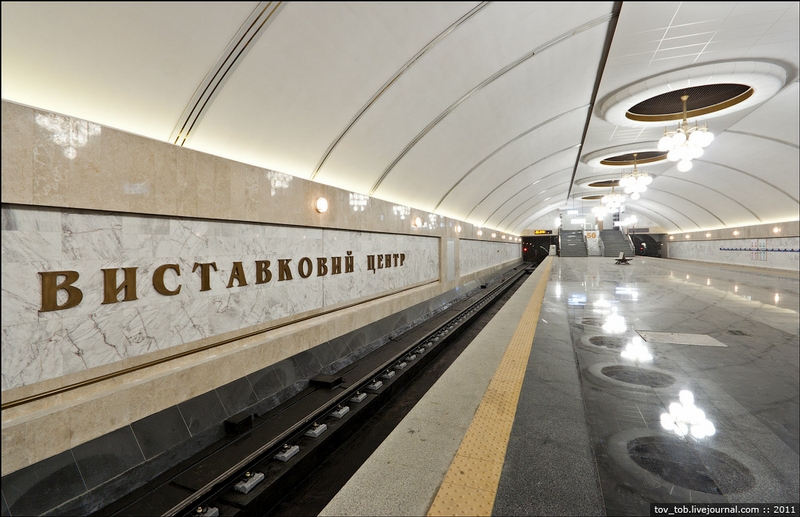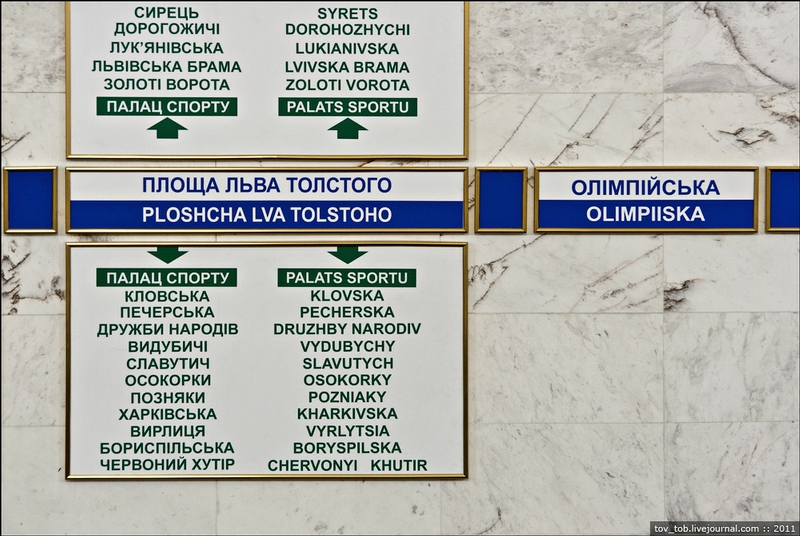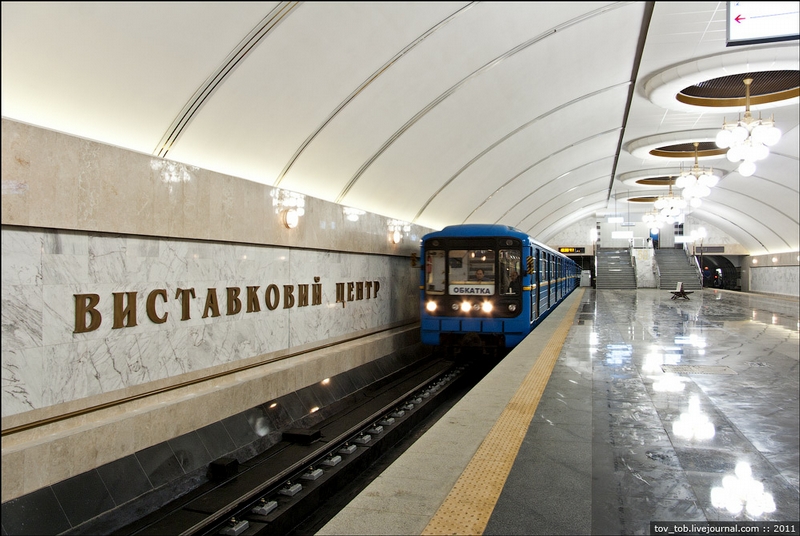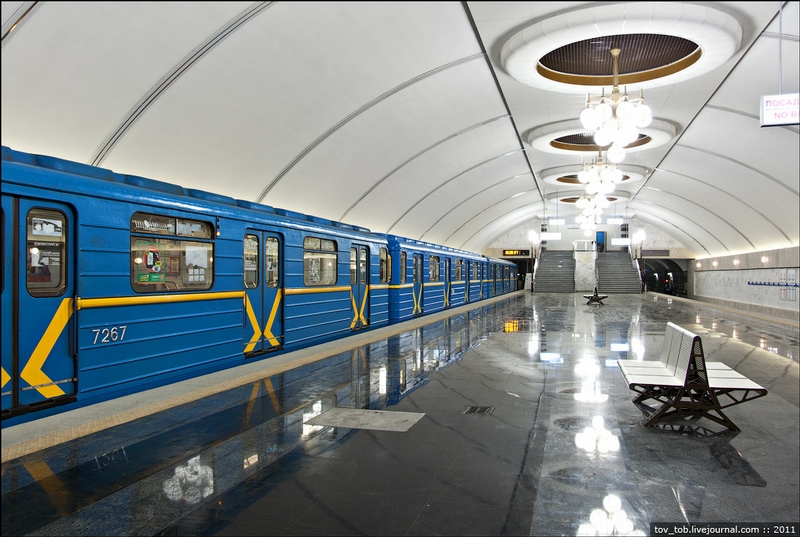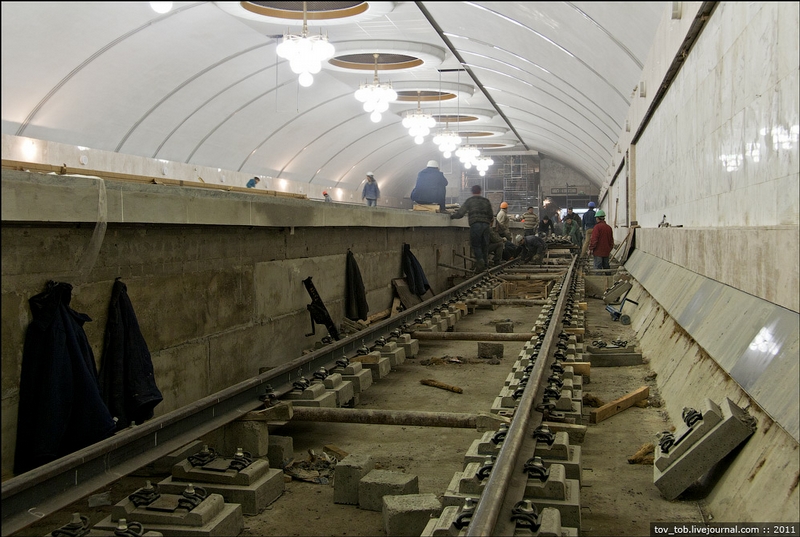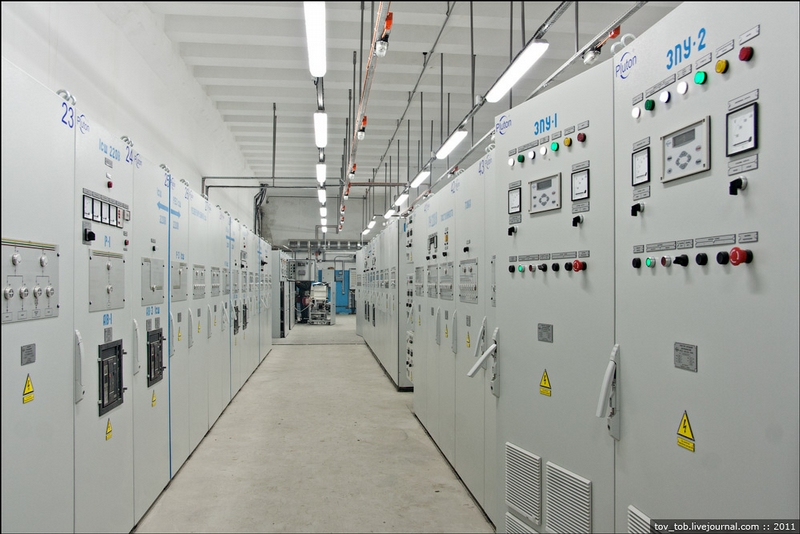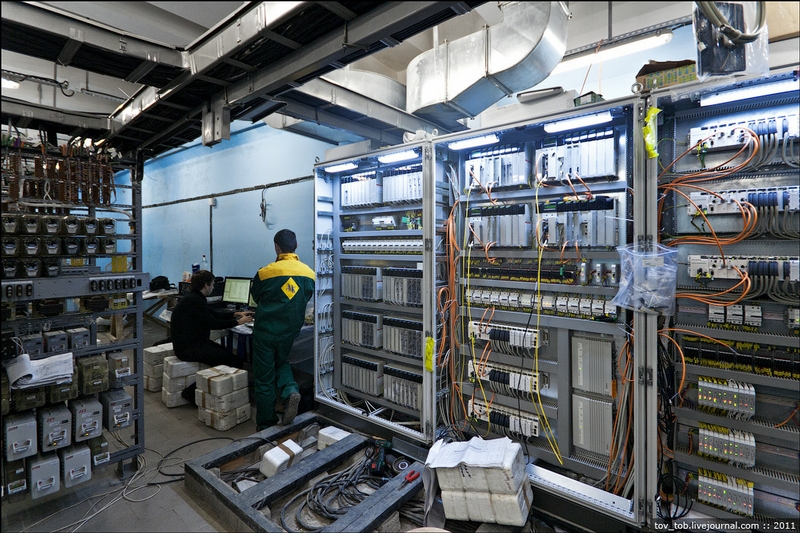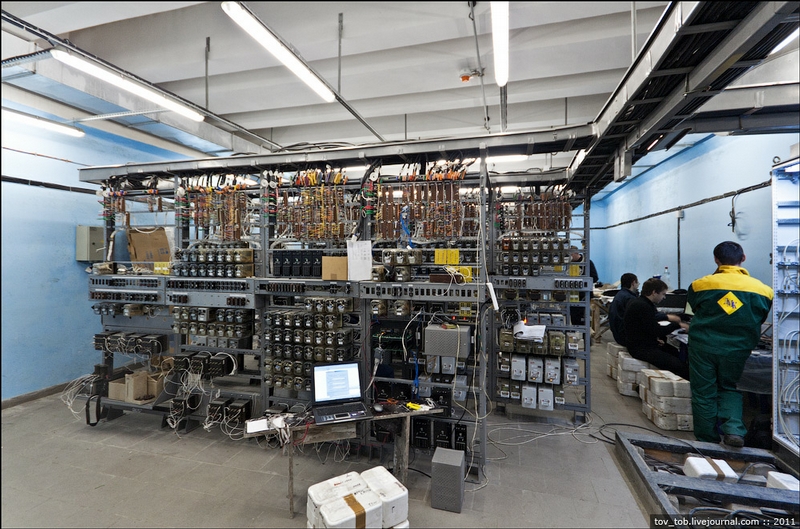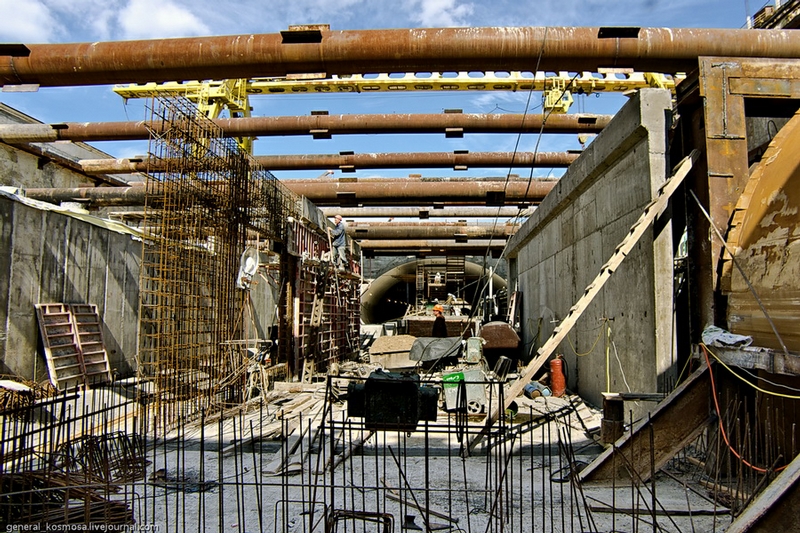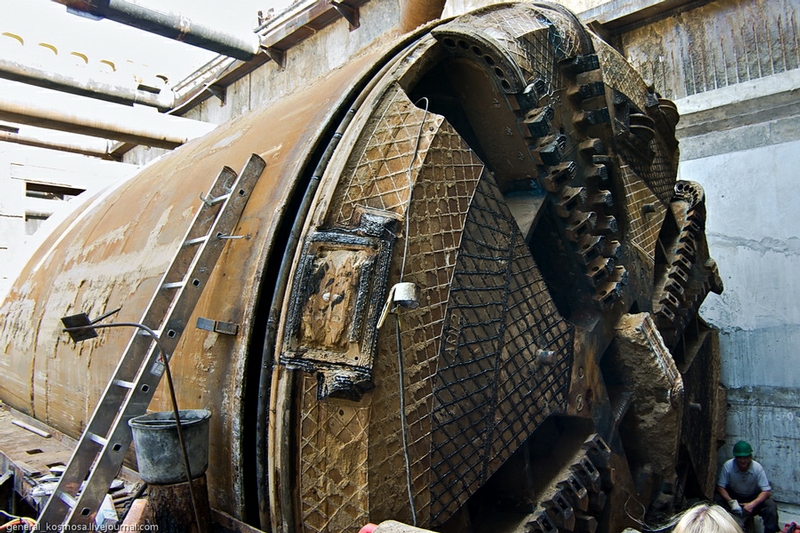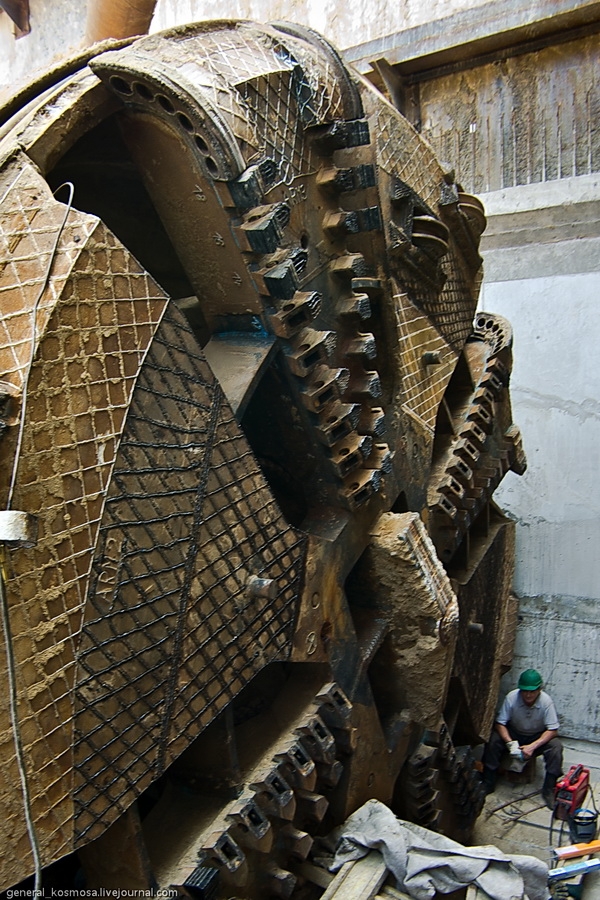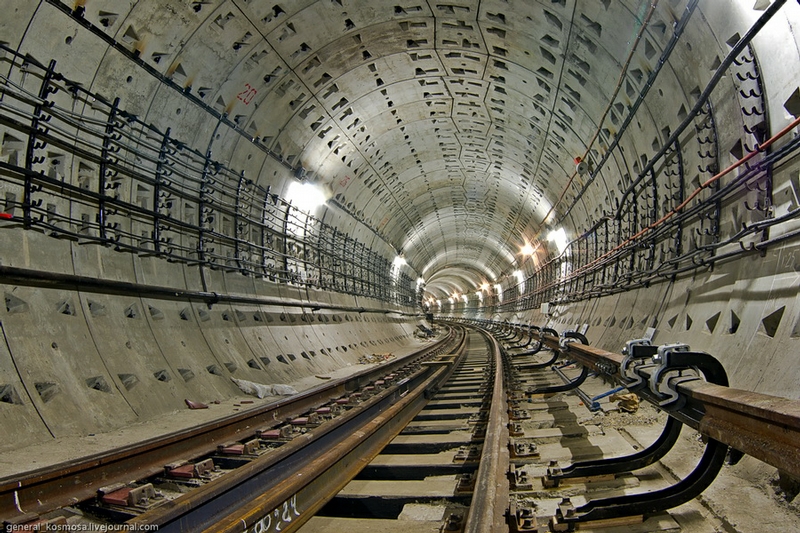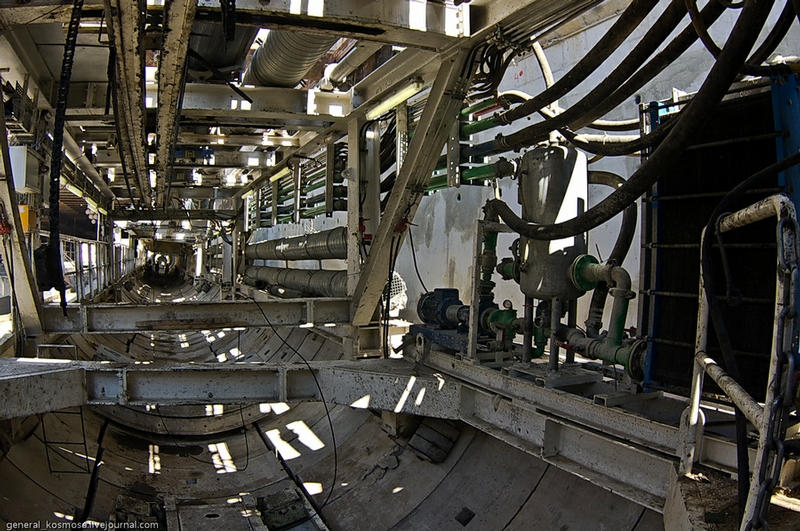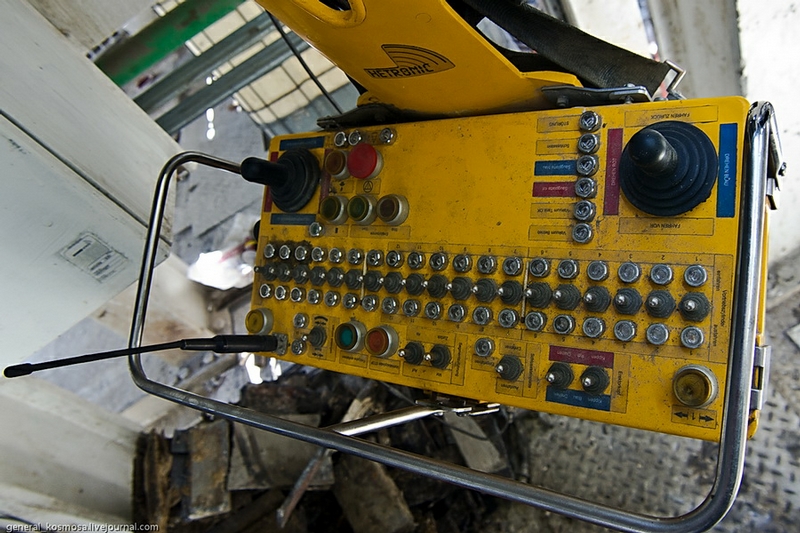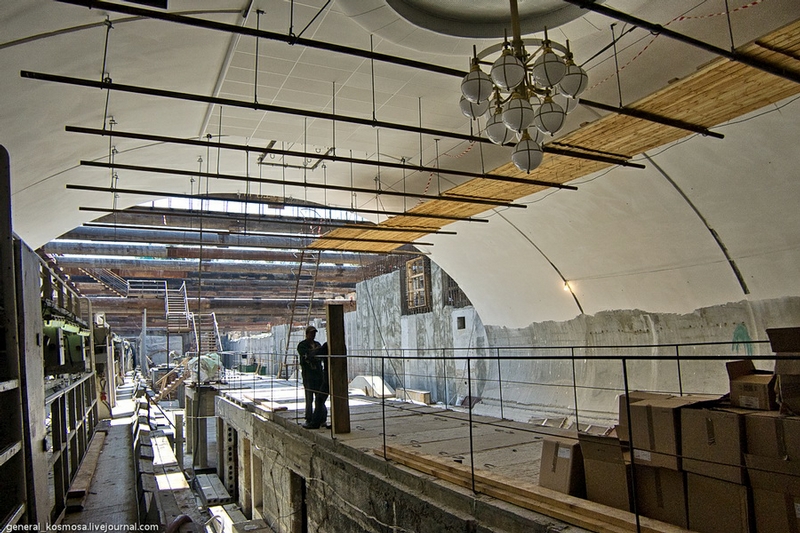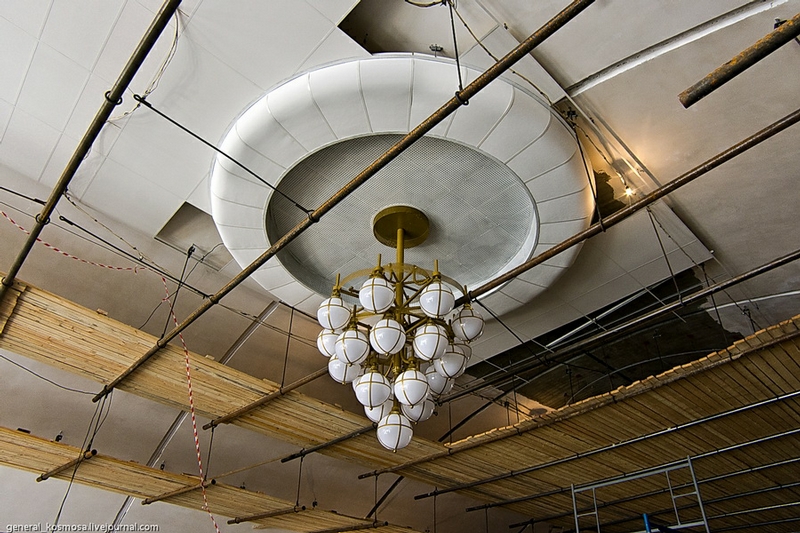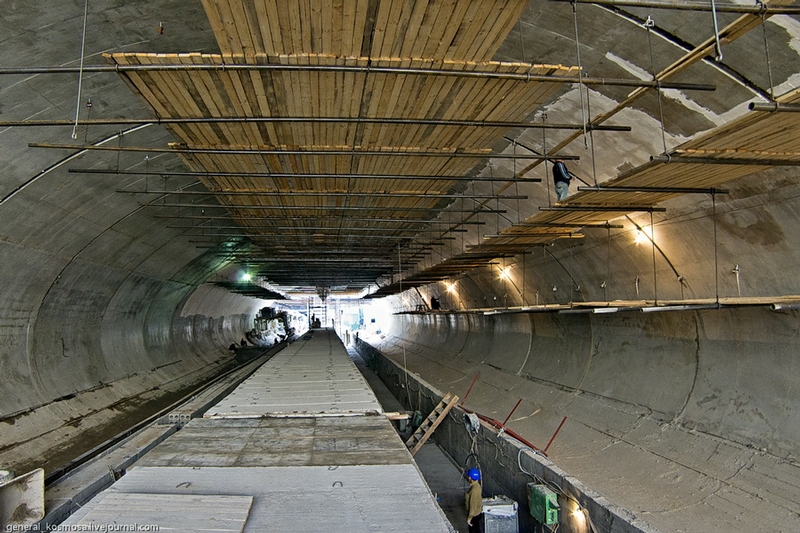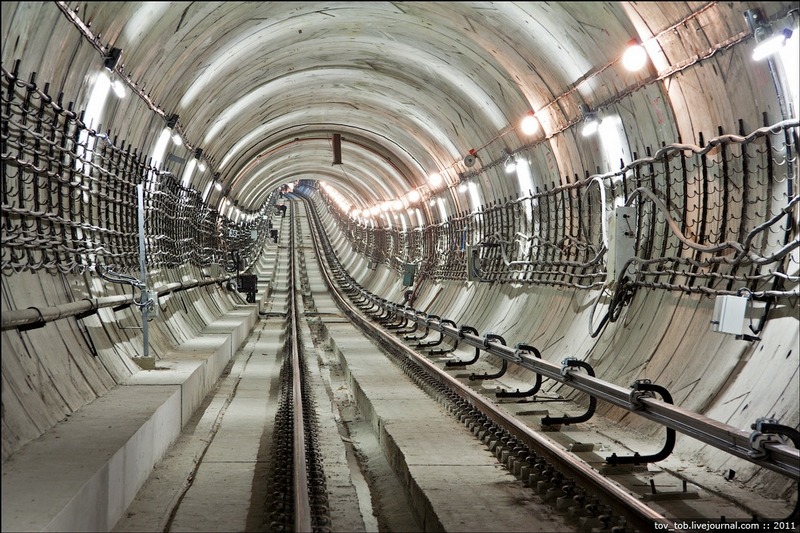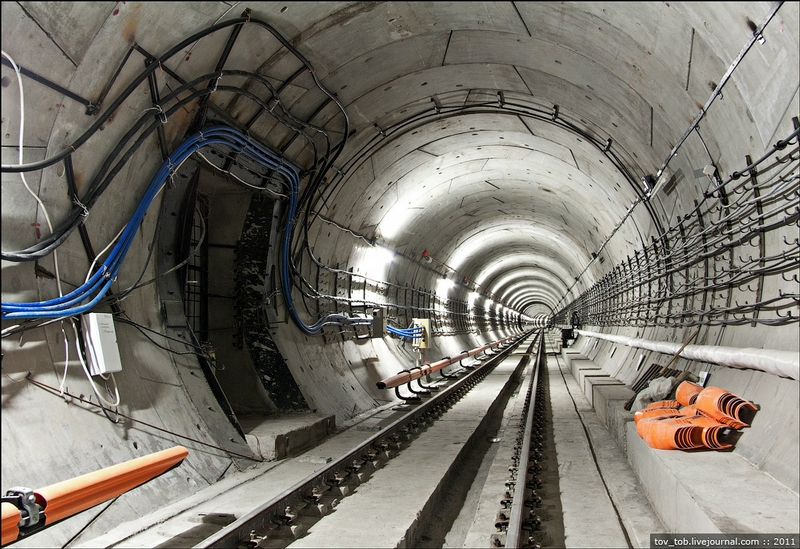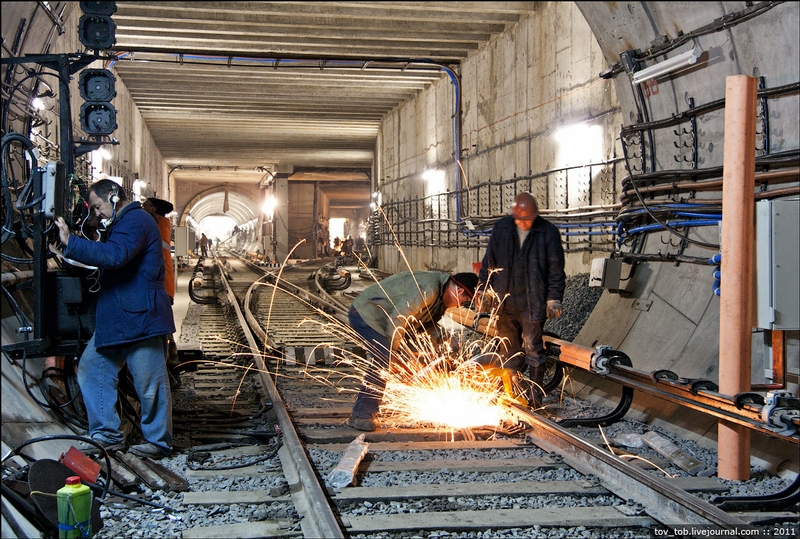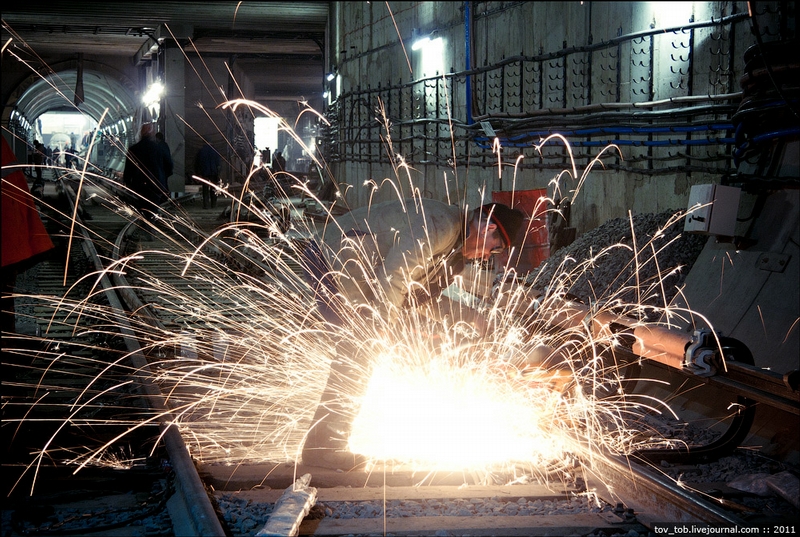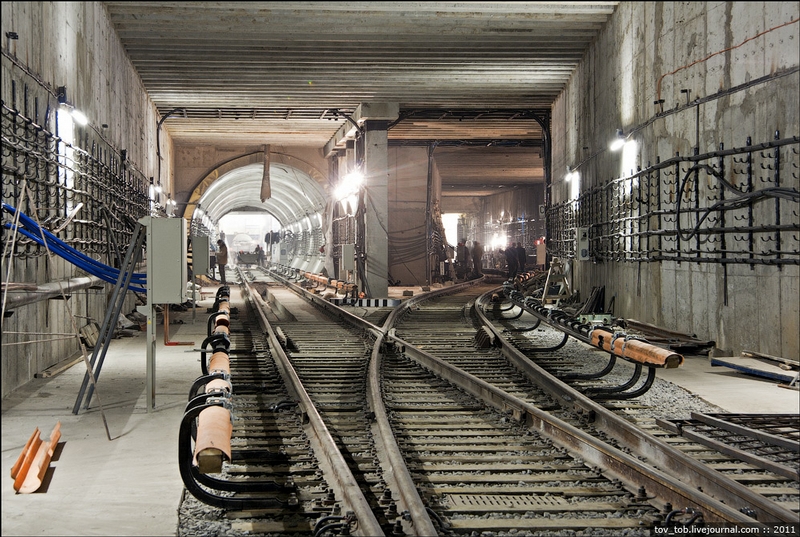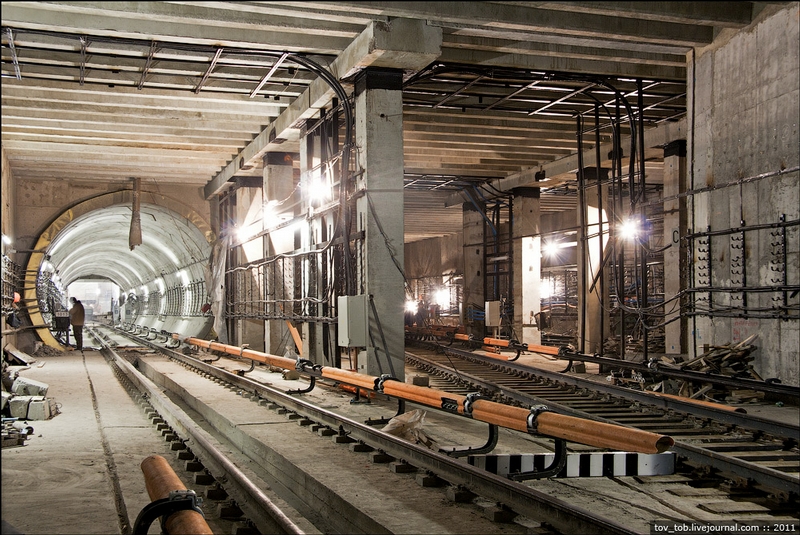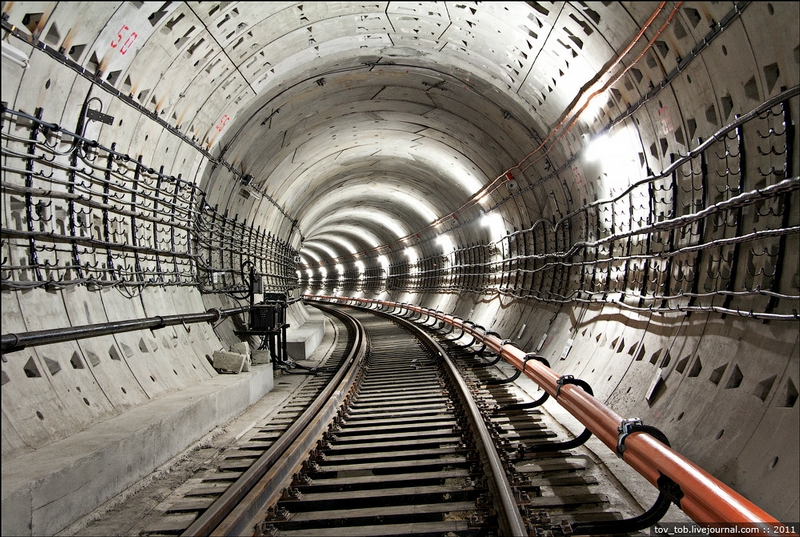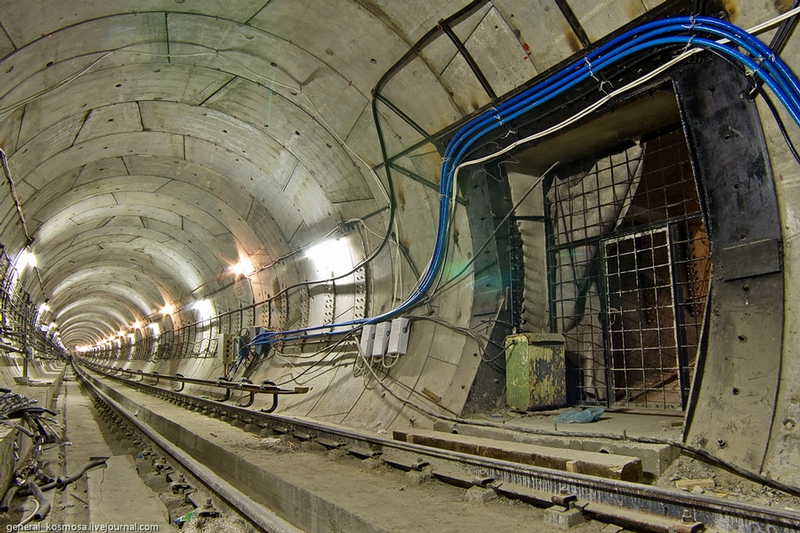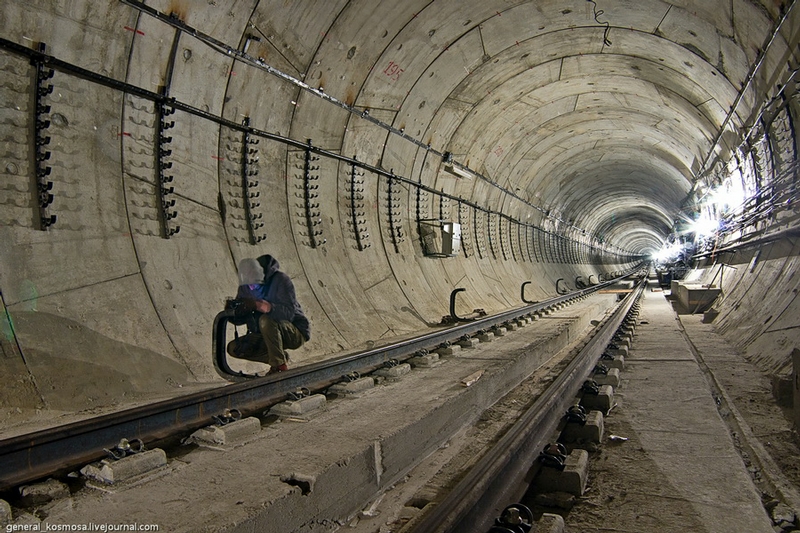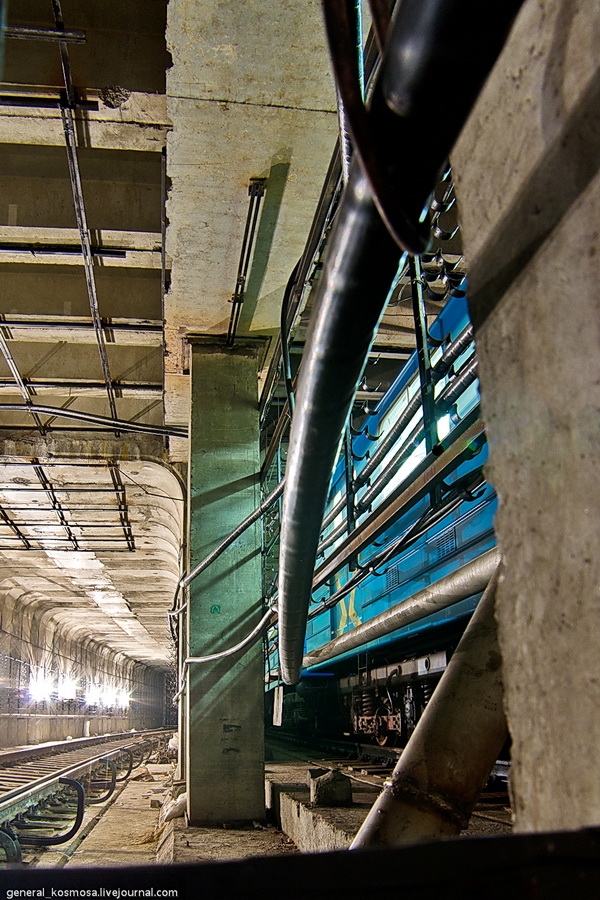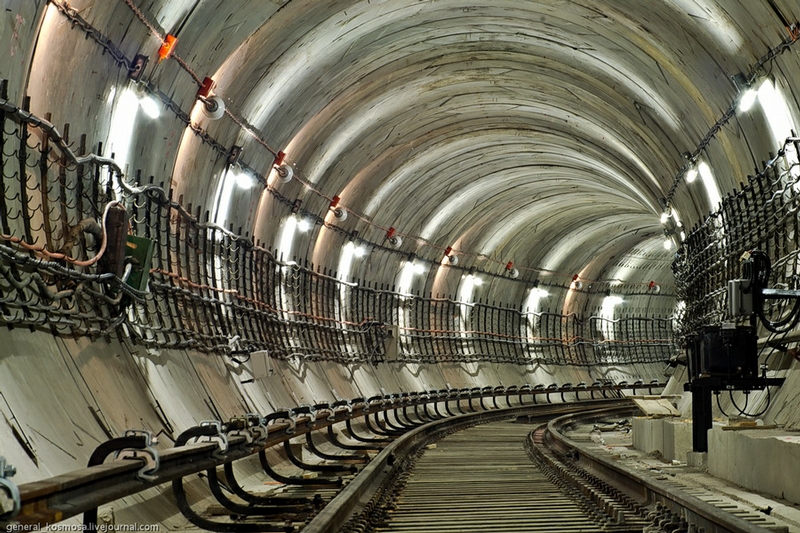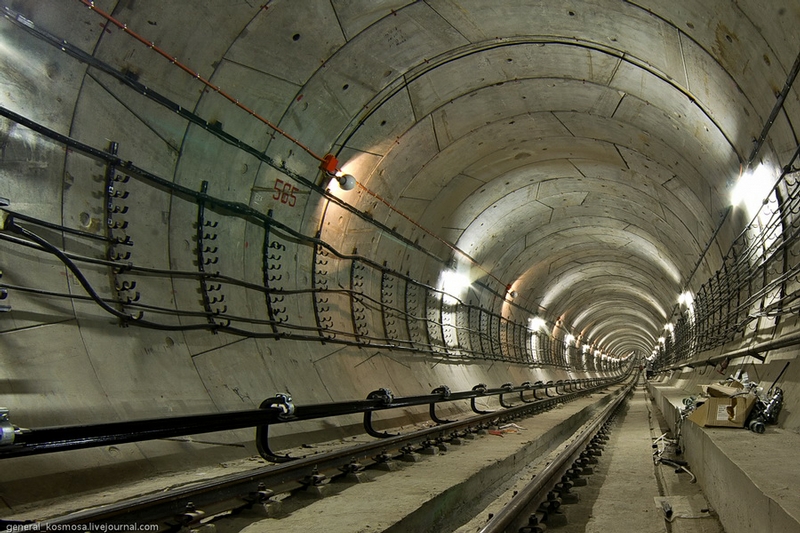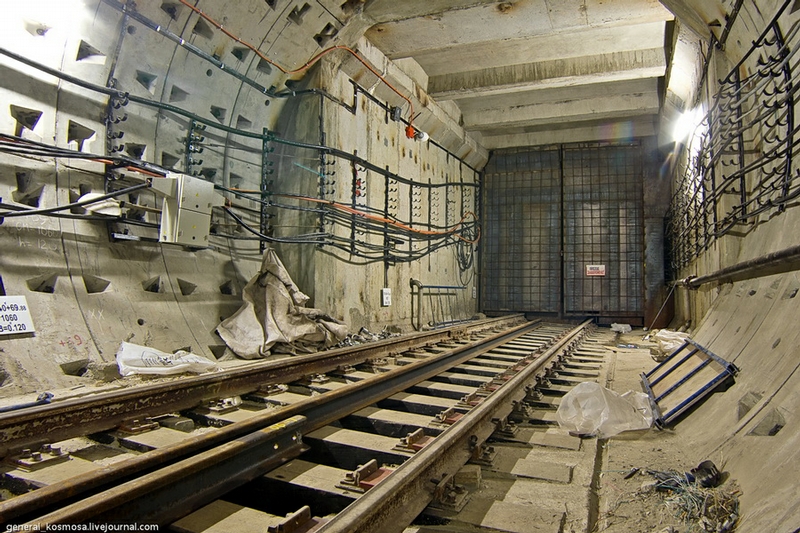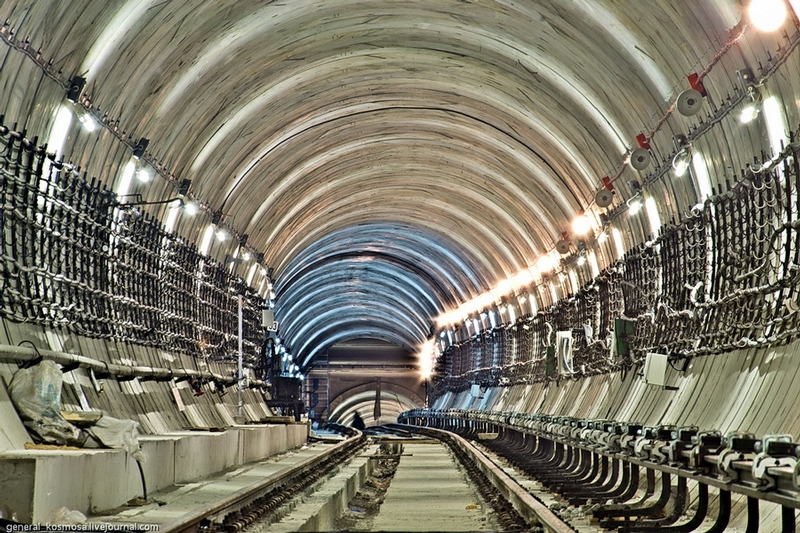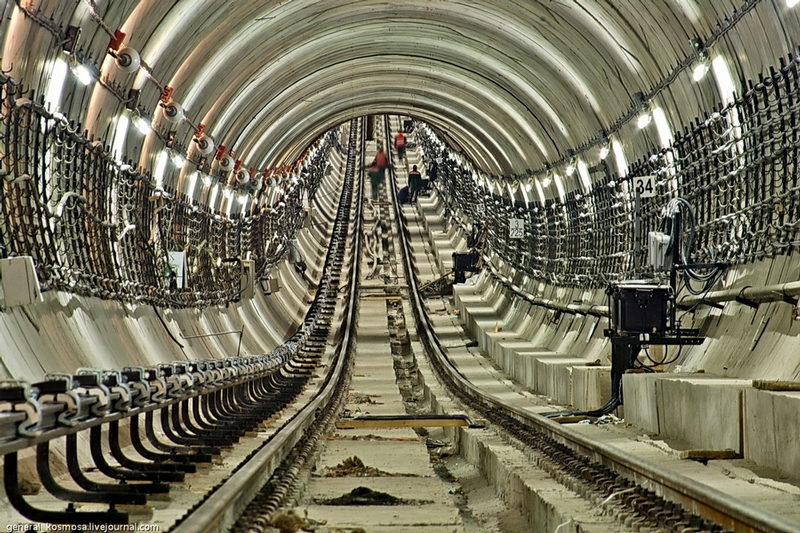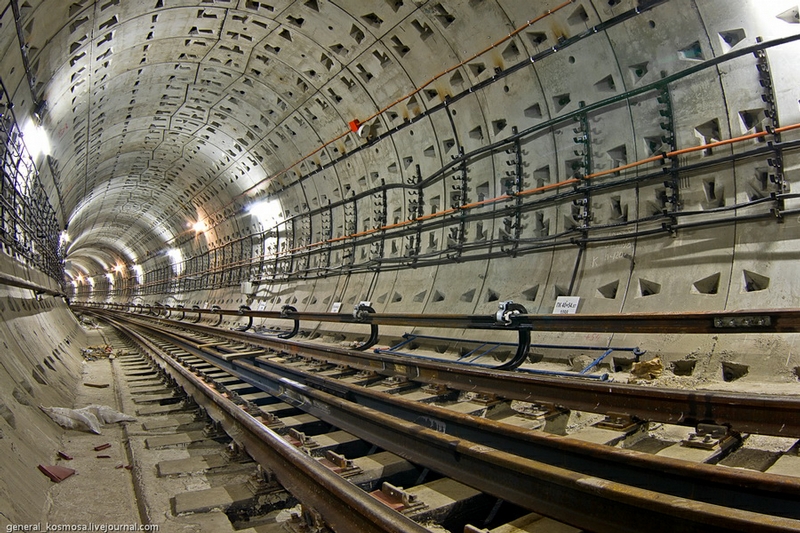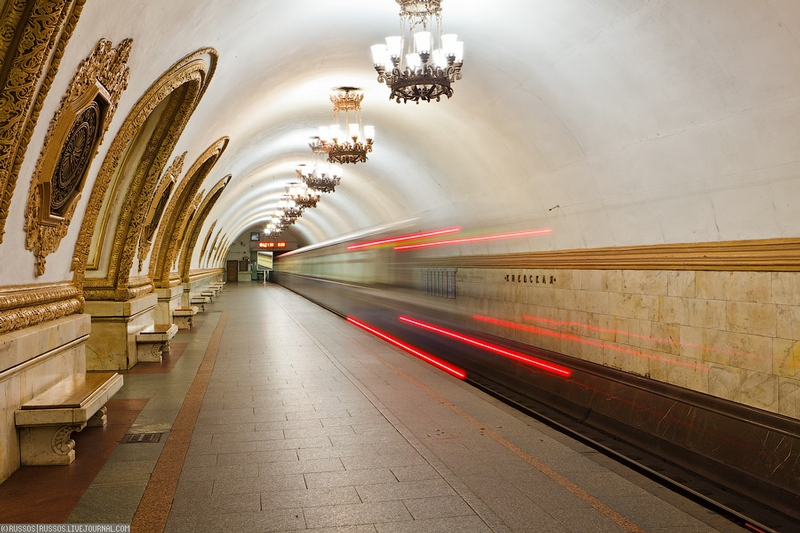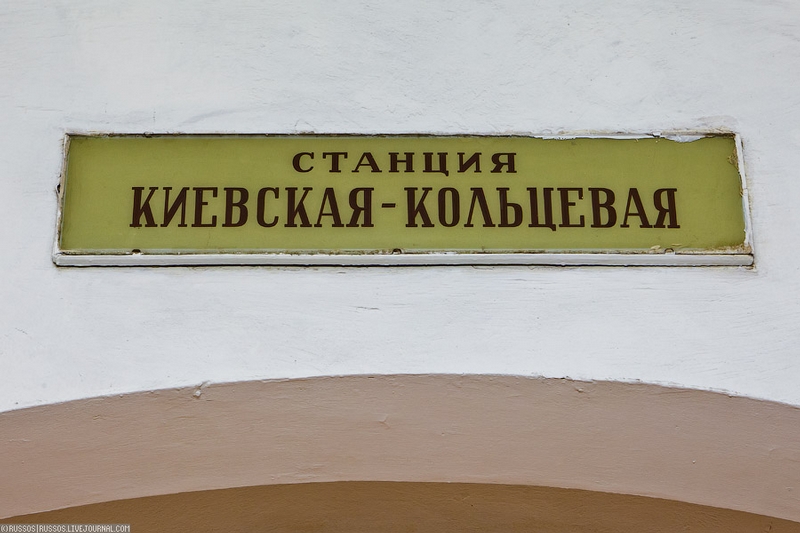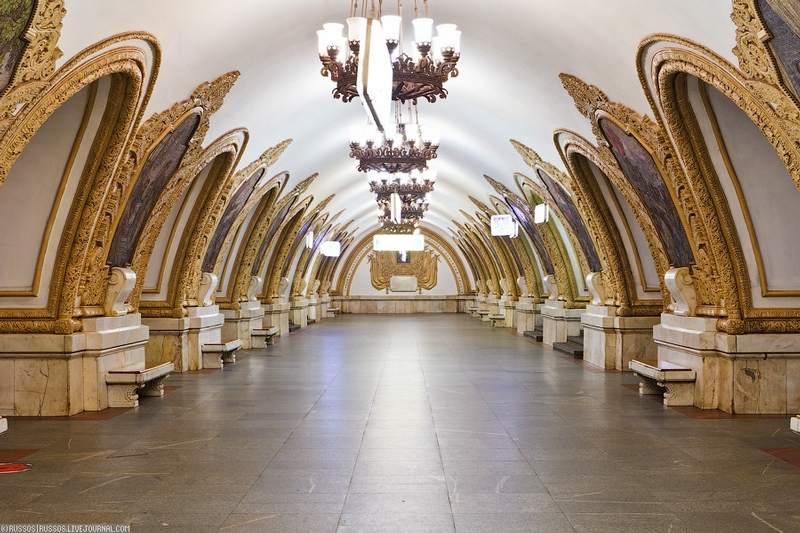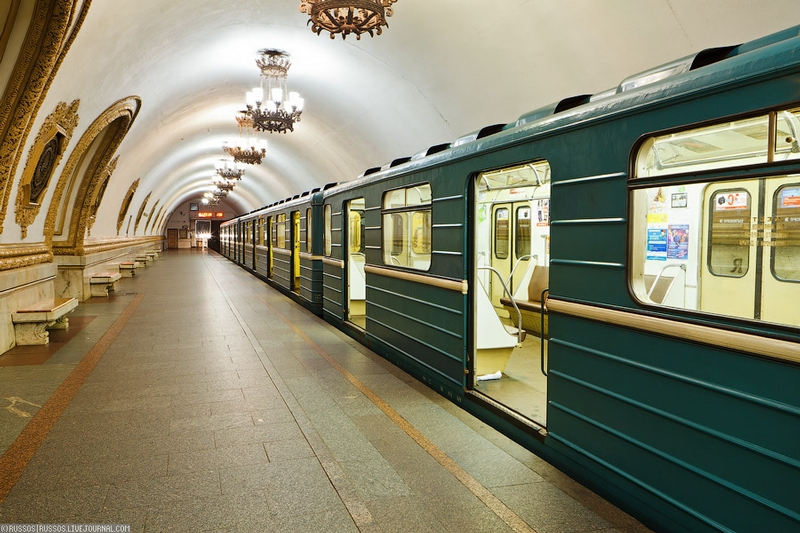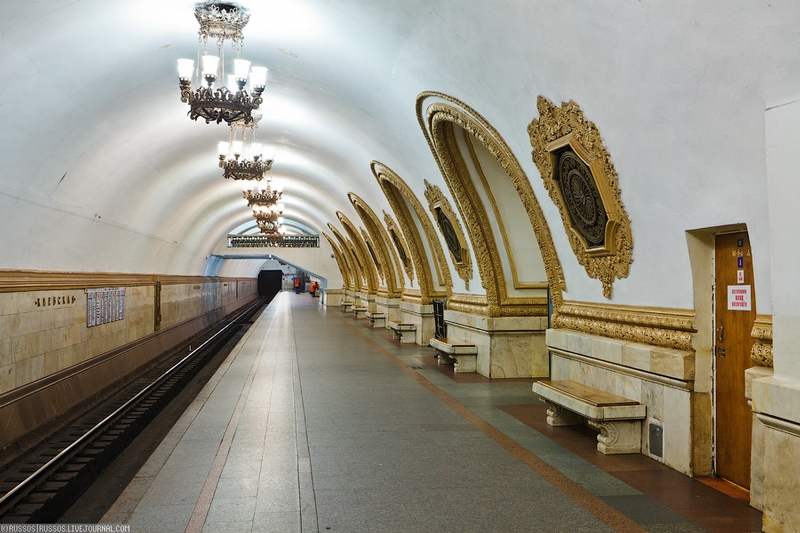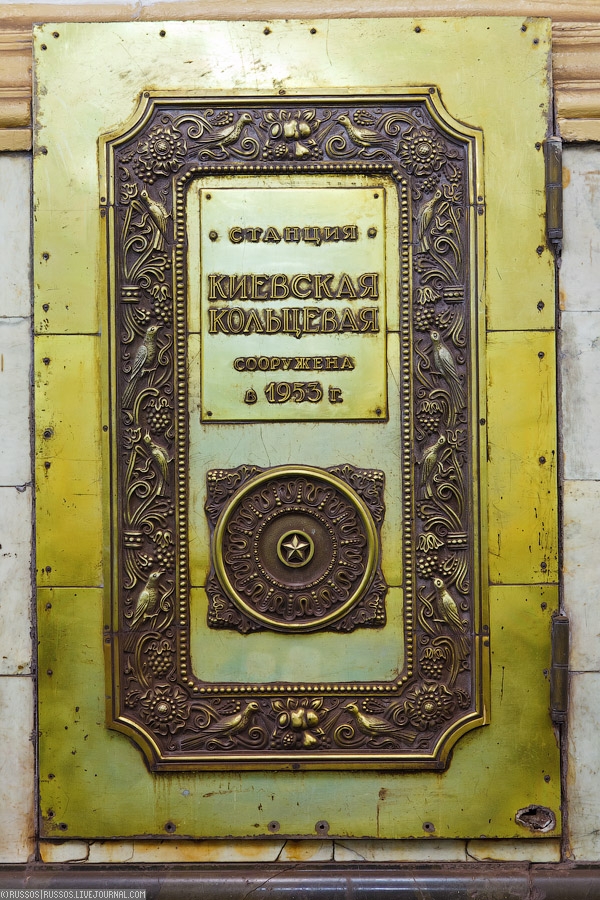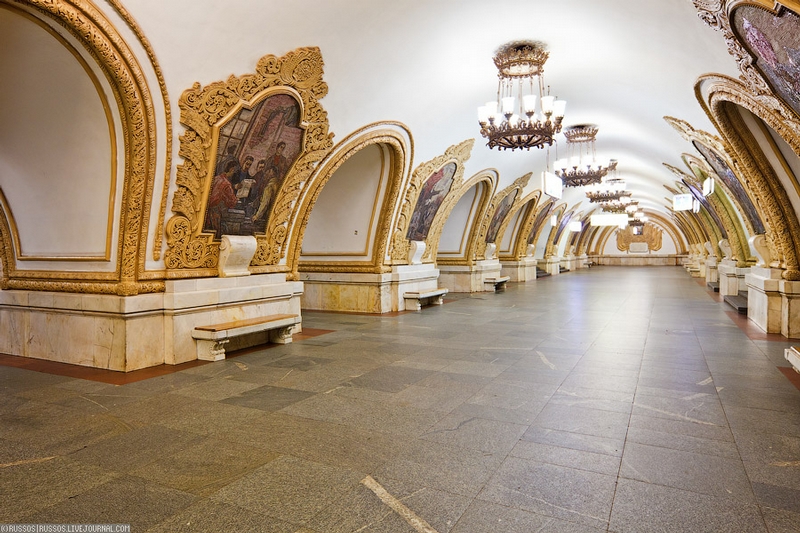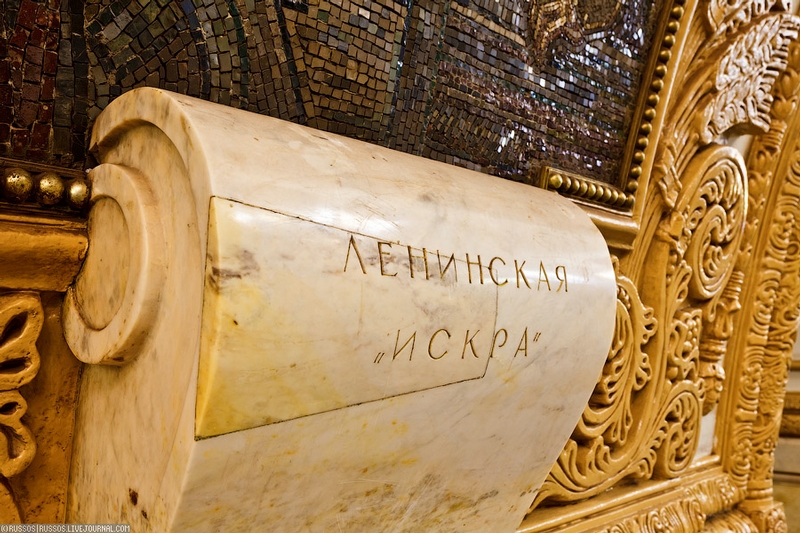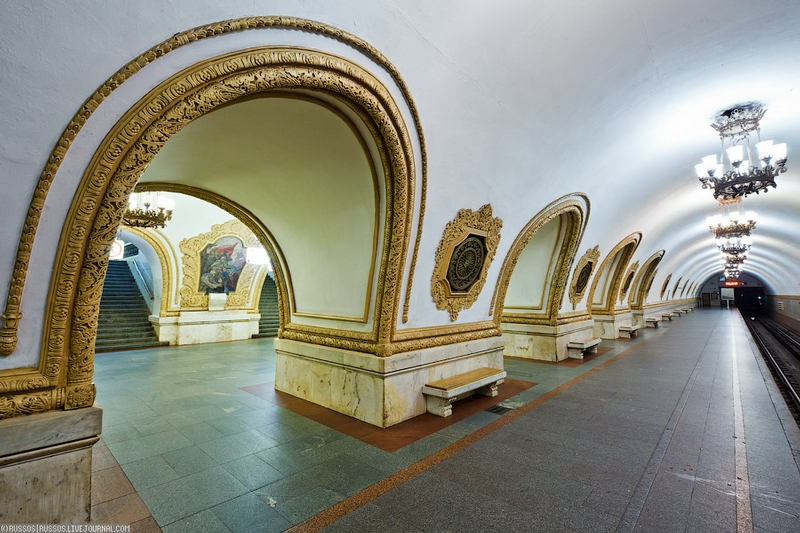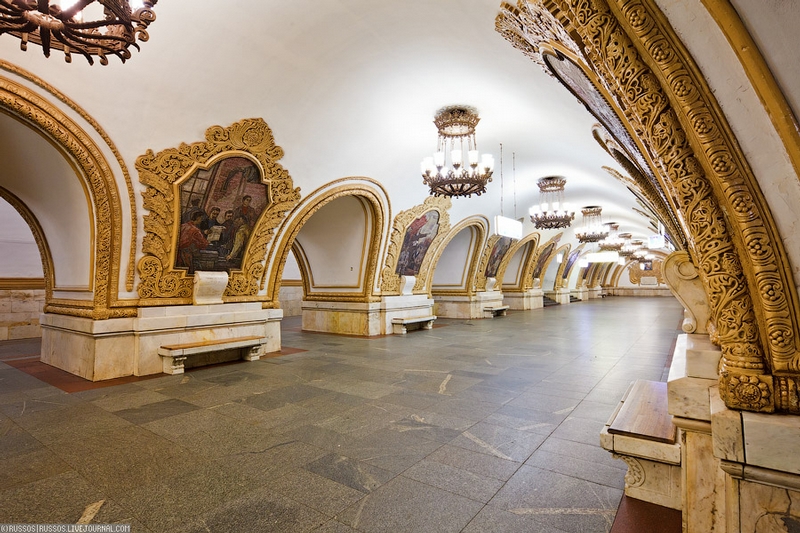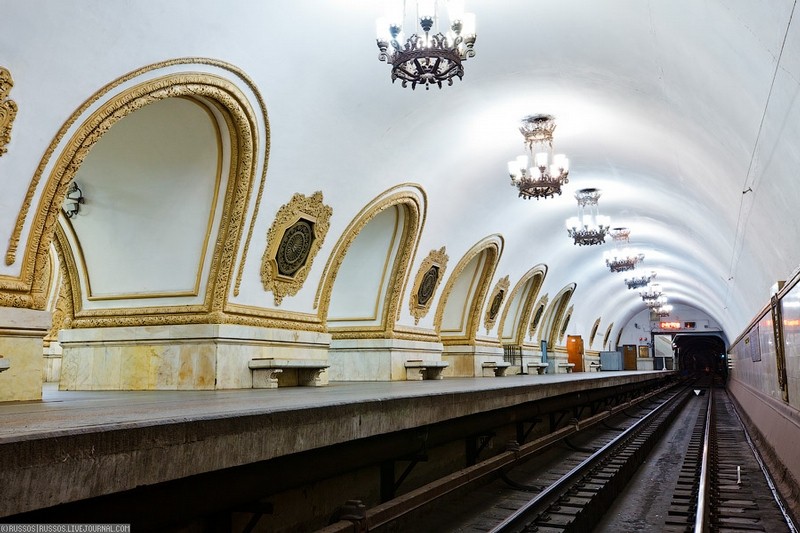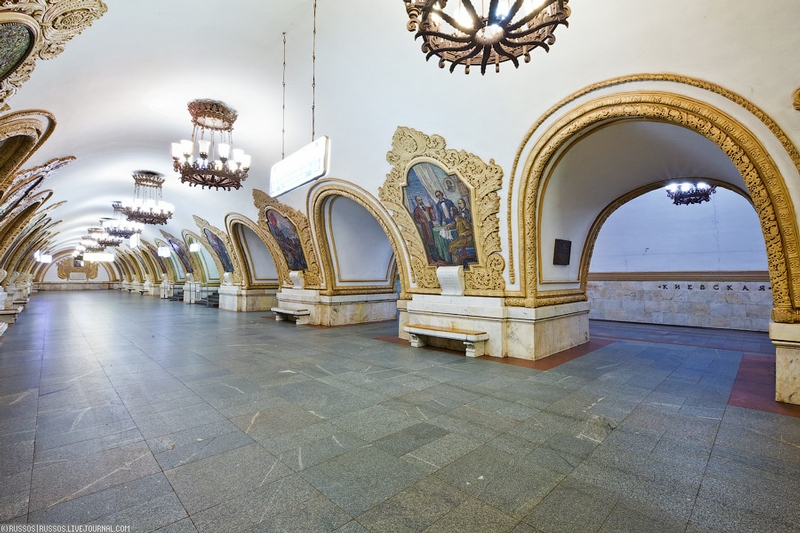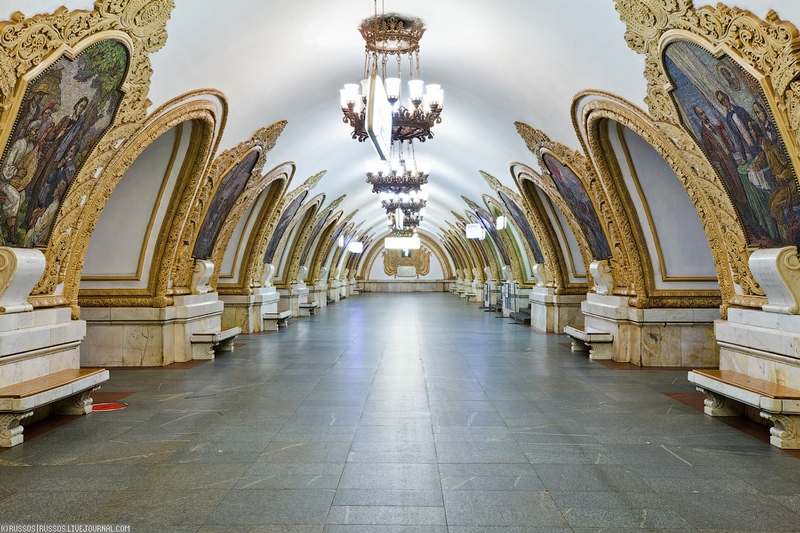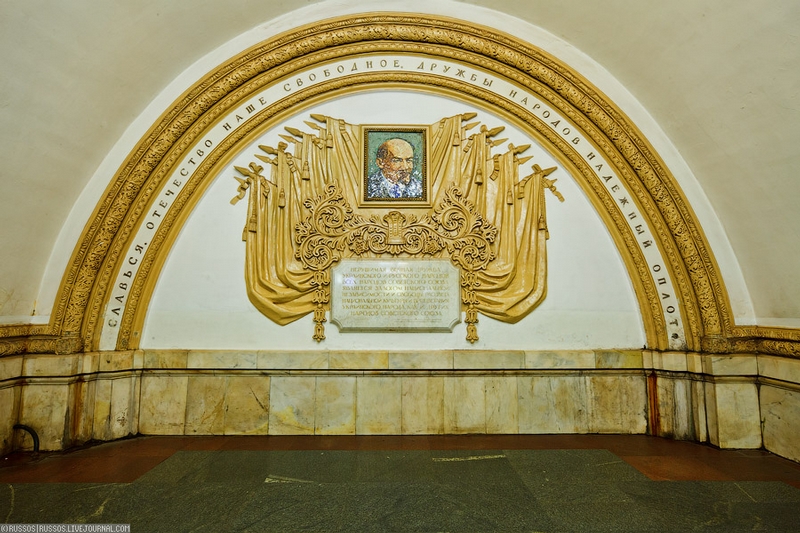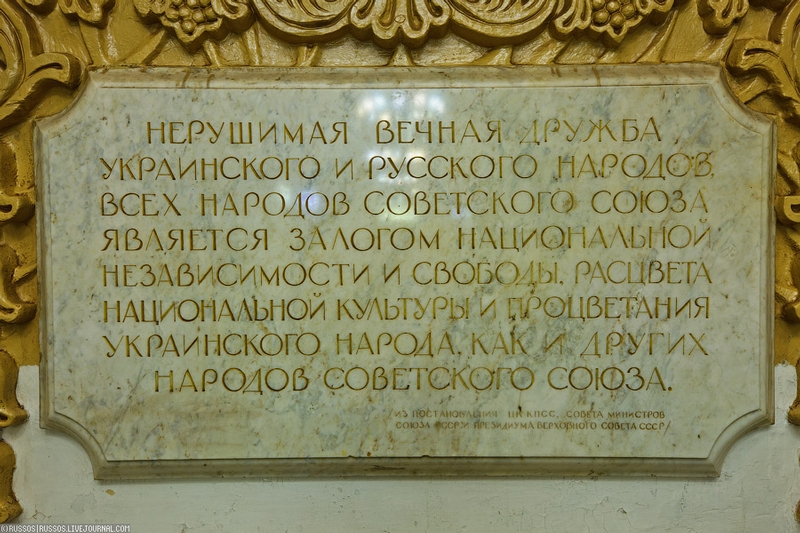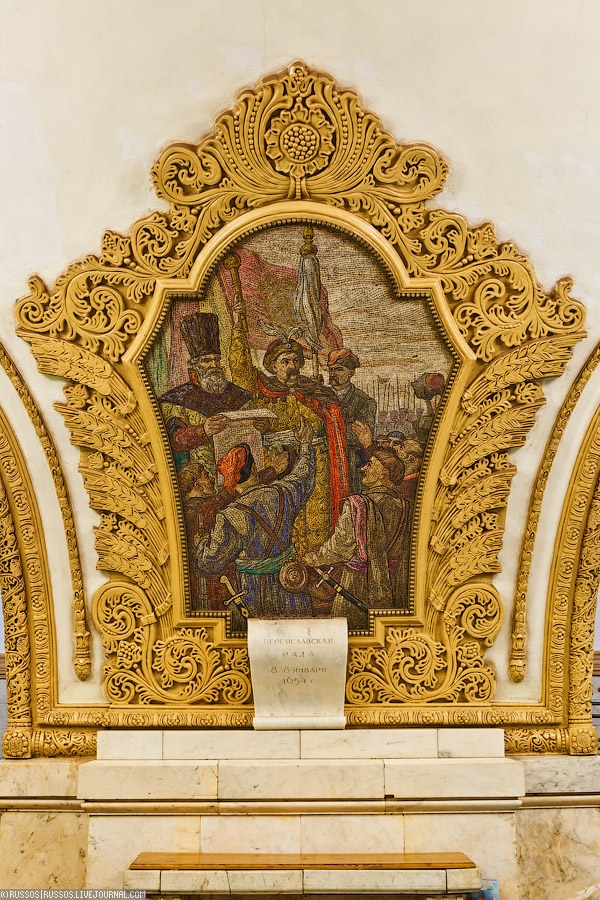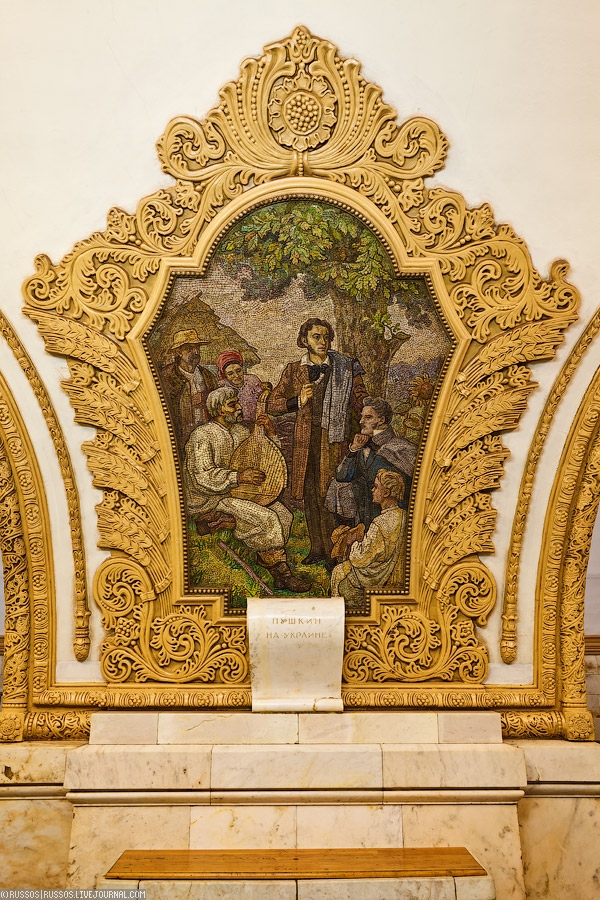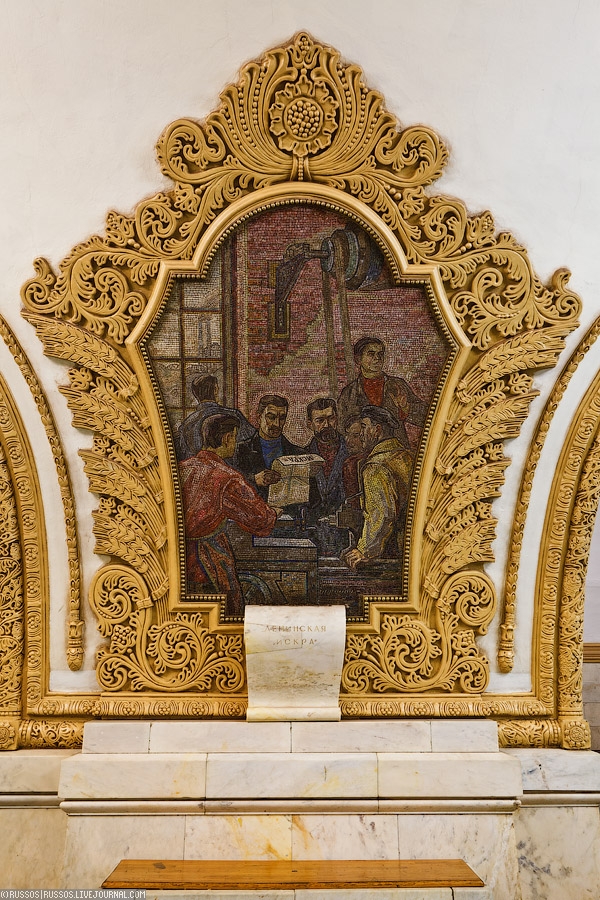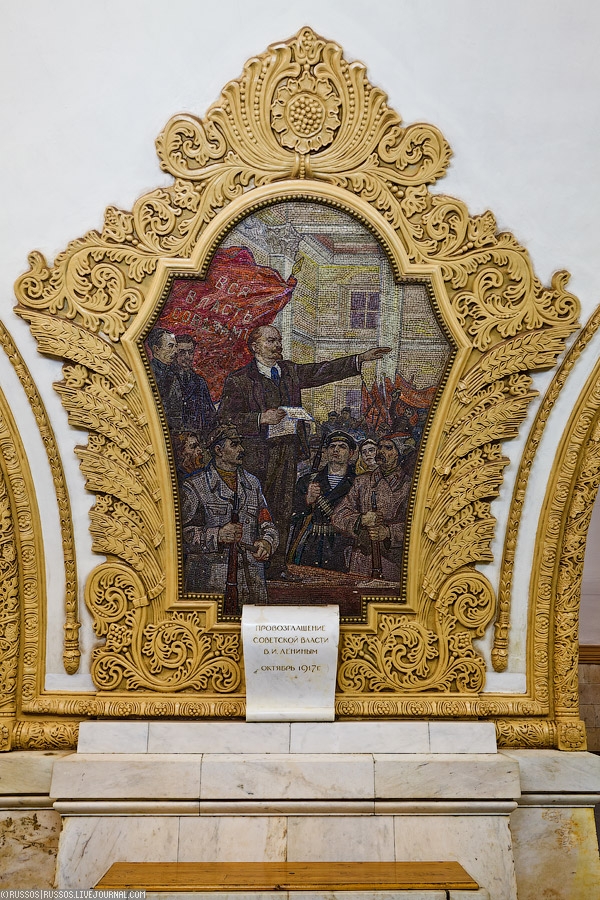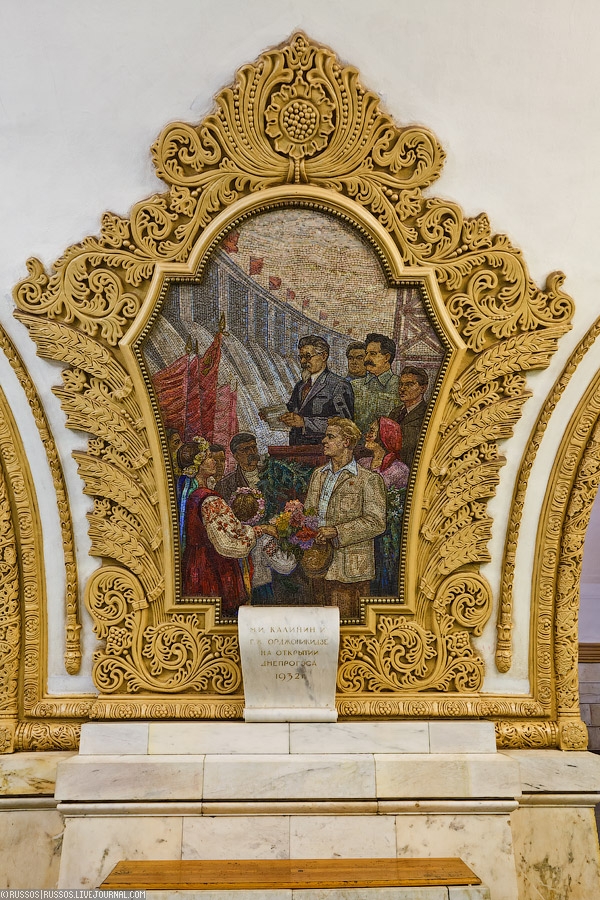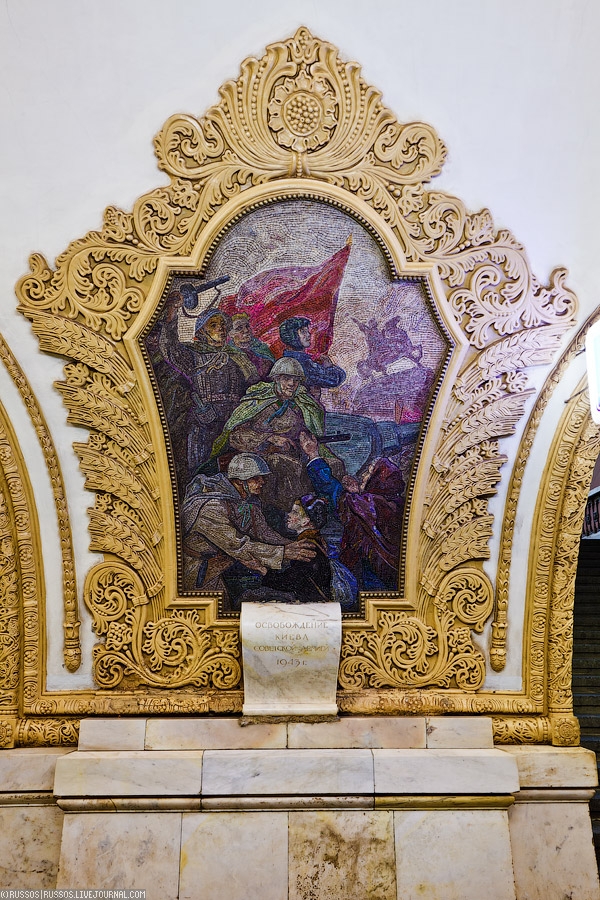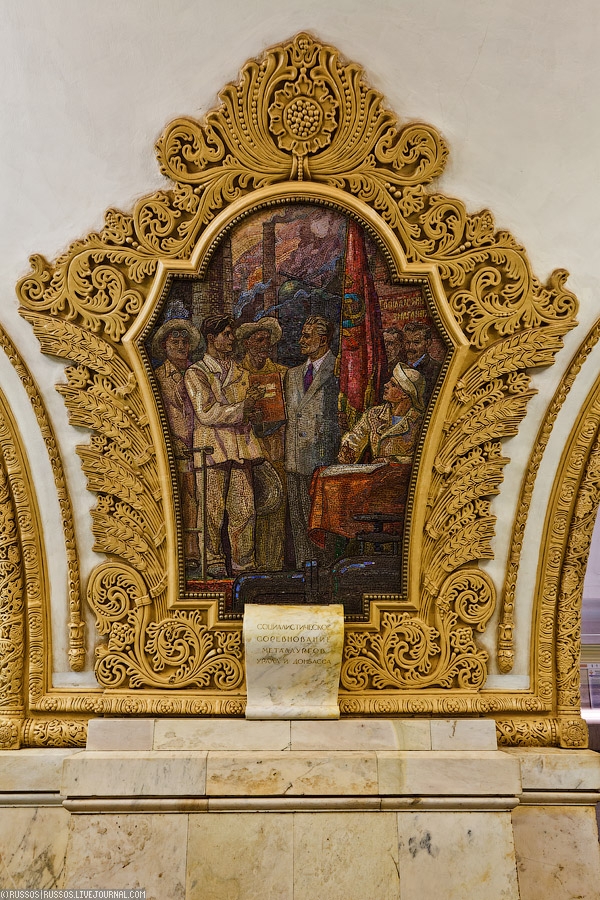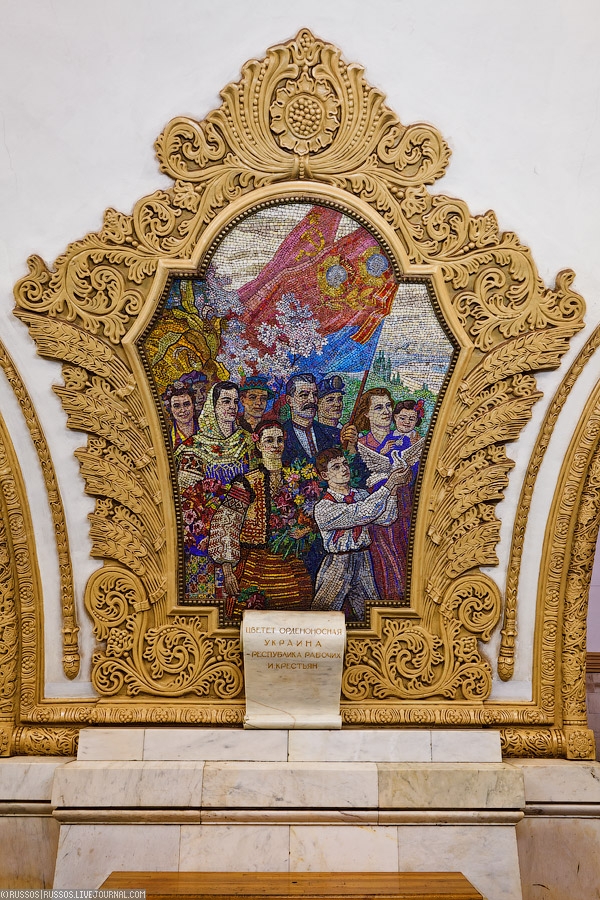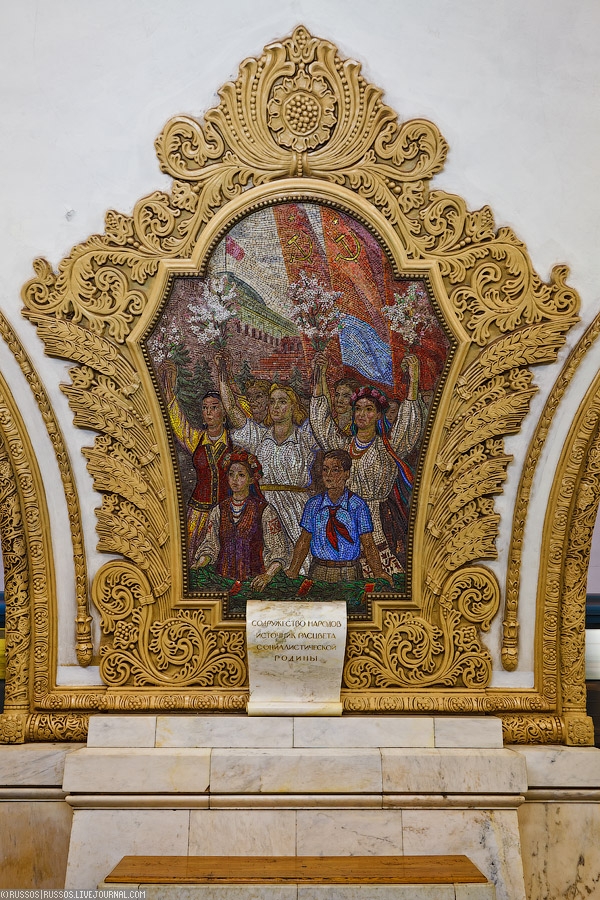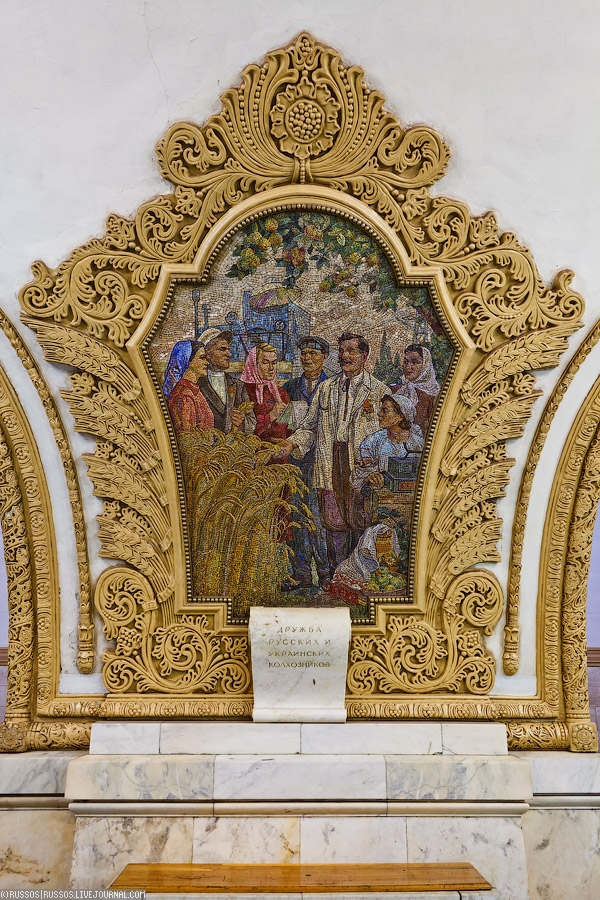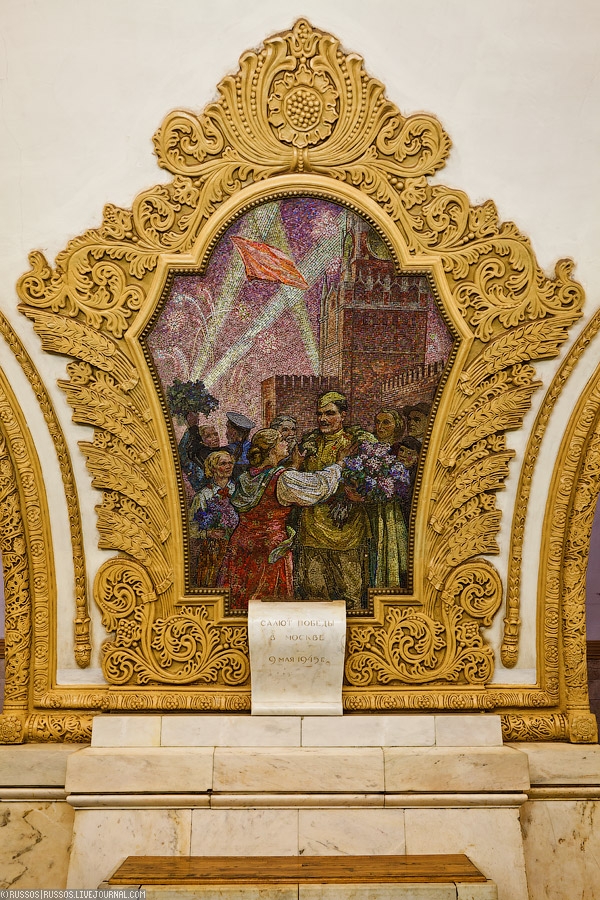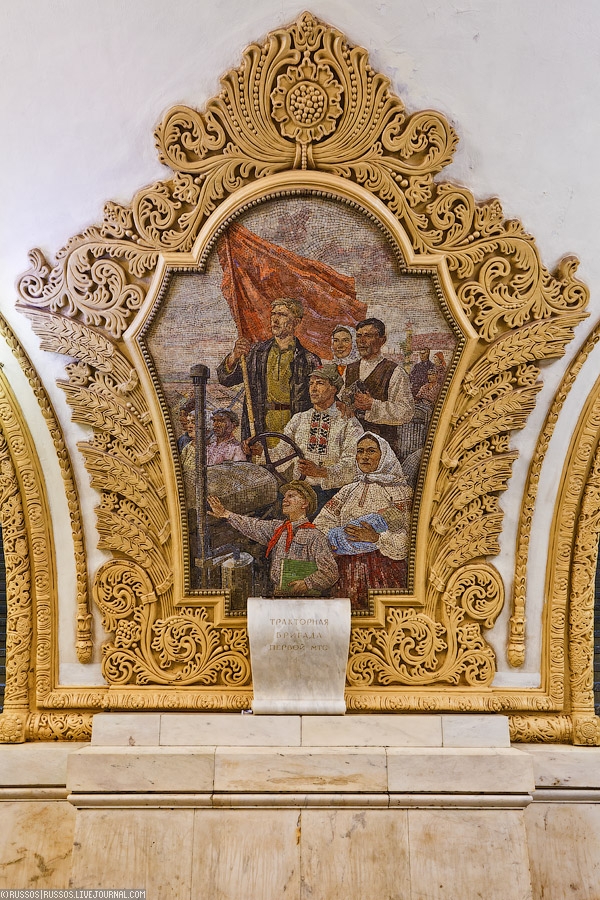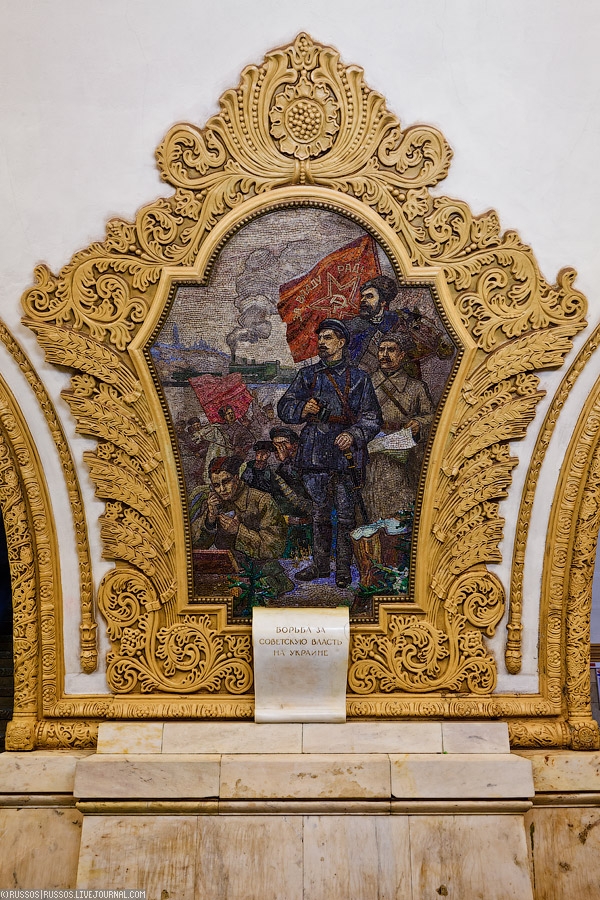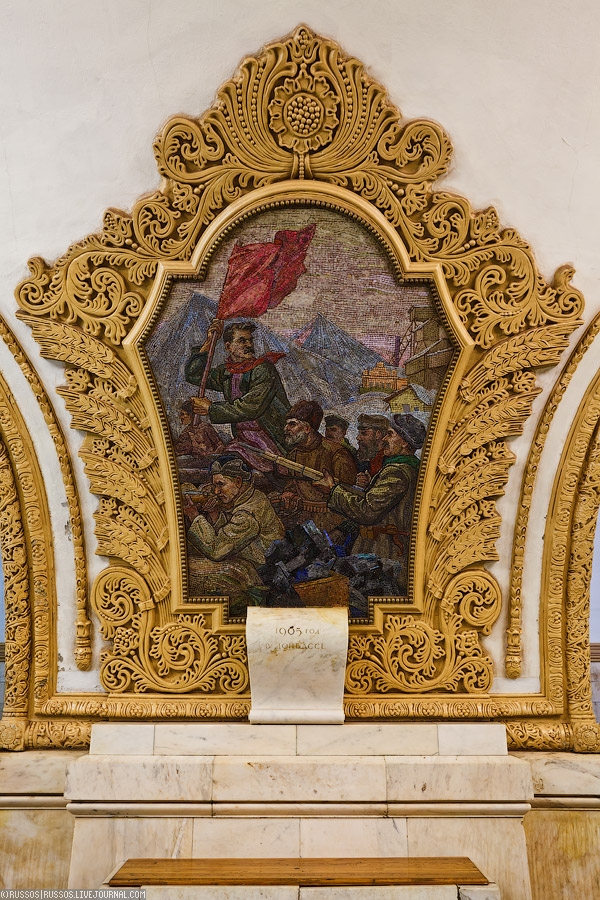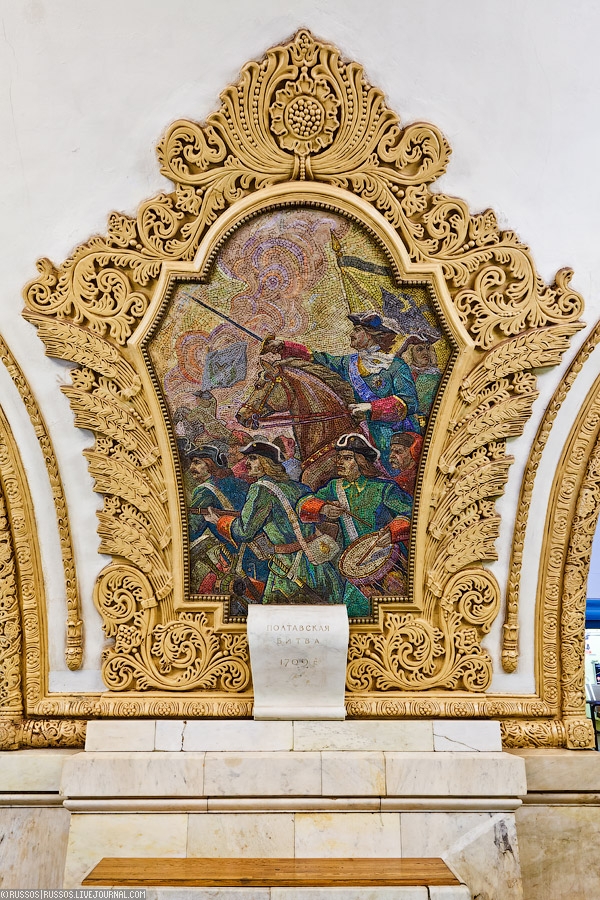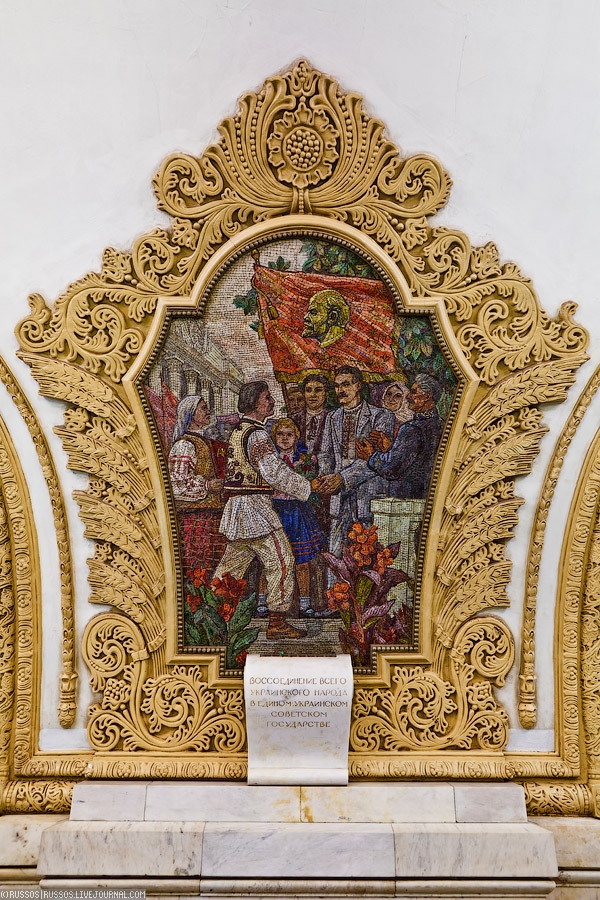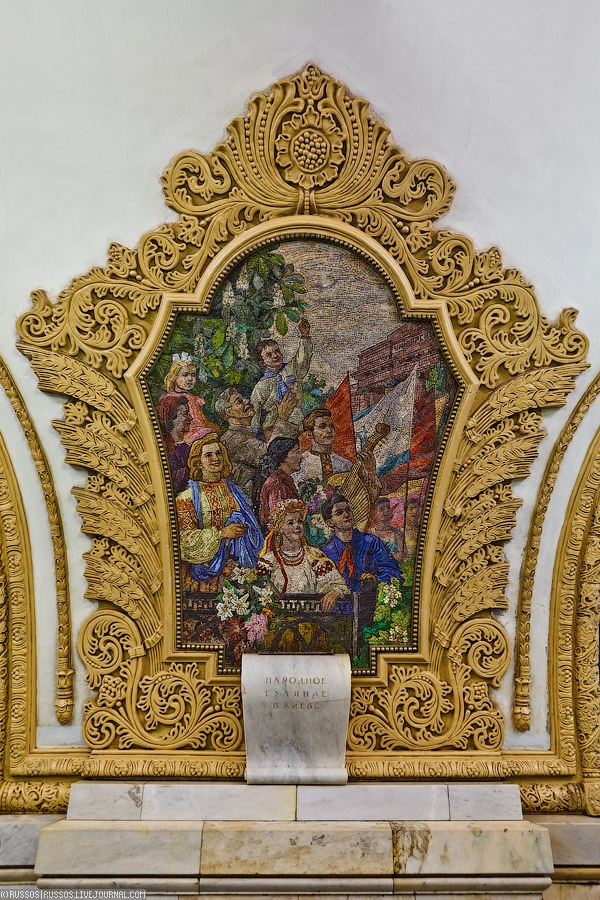
Since we crank out so many stories each week some really good ones get lost in the cracks. And since so many new people visit Guyism every day (thank you), we thought we’d start taking some time on the weekends to share some classics that many of our newer readers may have missed.
Dubbed the “Mother of Invention” by many, the Land of the Rising Sun has forever been a hotbed of technology, arts and science; without Japan, we wouldn’t have had some of our everyday dude essentials: instant Ramen, CDs, the Sony Walkman (see: the ability to rock out to Bat Out of Hell ANY time, ANY place), digital cameras, drunk karaoke or Teenage Mutant Ninja Turtles II: The Secret of the Ooze. But the Japanese also win the prize for being some seriously sick puppies, and not just for their used panties vending machines and penchant for wayward tentacles.
While many other reports on inventions hailing from Japan have cited the weird, wacky and pointless (silly inventions termed chindogu, meaning “useless ideas”), I decided to take it a step further.
7 Placenta Drink (2008)
 Because nothing quenches your thirst like animal fetus casing, Japanese beauty company Nihon Sofuken created the Qbit Placenta 10000 Jelly drink, made of 10% pig placenta. The placenta – the temporary organ connecting the mother to the fetus – is removed from pigs, stripped from any lingering birth matter and manufactured into a jelly, spiked with a refreshing peach flavor. Sure, it grosses us out that people have been eating this stuff since B.C. for the apparent health benefits, but something about a jelly drink just tips the scale.
Because nothing quenches your thirst like animal fetus casing, Japanese beauty company Nihon Sofuken created the Qbit Placenta 10000 Jelly drink, made of 10% pig placenta. The placenta – the temporary organ connecting the mother to the fetus – is removed from pigs, stripped from any lingering birth matter and manufactured into a jelly, spiked with a refreshing peach flavor. Sure, it grosses us out that people have been eating this stuff since B.C. for the apparent health benefits, but something about a jelly drink just tips the scale. 6 Mind-Controlled Robots (2009)
 As cool as this may sound, keep in mind that the disturbing part isn’t the robot – it’s that all we have to do is THINK something, and a robot will do it. Not to mention the contraption you have to strap to your head to make it work. The Japanese government and tech industry aim to make the most of our brain power, and, according to Agence France Press and PopSci.com, we can expect to see everything from mind-controlled smart phones to TVs within the next decade.
As cool as this may sound, keep in mind that the disturbing part isn’t the robot – it’s that all we have to do is THINK something, and a robot will do it. Not to mention the contraption you have to strap to your head to make it work. The Japanese government and tech industry aim to make the most of our brain power, and, according to Agence France Press and PopSci.com, we can expect to see everything from mind-controlled smart phones to TVs within the next decade. 5 Crystal Meth (1893)
 Developed from ephedrine by Japanese chemist Nagai Nagayoshi in 1893 and then synthesized as crystals 26 years later, crystal methamphetamine was supposed to be used to treat certain clinical disorders, but instead has become the naughty, brain-damaging candy of today’s Charlie Sheens and lesser-off club kids. Crystal meth bad. *sings gently* The More You Know ®.
Developed from ephedrine by Japanese chemist Nagai Nagayoshi in 1893 and then synthesized as crystals 26 years later, crystal methamphetamine was supposed to be used to treat certain clinical disorders, but instead has become the naughty, brain-damaging candy of today’s Charlie Sheens and lesser-off club kids. Crystal meth bad. *sings gently* The More You Know ®. 4 Noodle Eater’s Hair Guard (1990s)
 Haloing your face in all of its pink rubber glory, the Noodle Eater’s Hair Guard is exactly that – a contraption that fits neatly around your face to keep that pesky noodle-broth-splatter where it belongs. Also makes a great gift for the girlfriend who wants to keep her hair splooge-free in the bedroom. Yeah, I went there.
Haloing your face in all of its pink rubber glory, the Noodle Eater’s Hair Guard is exactly that – a contraption that fits neatly around your face to keep that pesky noodle-broth-splatter where it belongs. Also makes a great gift for the girlfriend who wants to keep her hair splooge-free in the bedroom. Yeah, I went there. 3 The Flea Bomb (1940)
 Also known as “plague fleas,” these bombs were developed in Japan during by the notorious covert Japanese biological and chemical warfare unit of World War II (and other wars), Unit 731. As part of Japan’s germ warfare attacks against enemies, plague-infested fleas encased in bombs were dropped on targets, causing cholera and anthrax outbreaks and thousands of deaths.
Also known as “plague fleas,” these bombs were developed in Japan during by the notorious covert Japanese biological and chemical warfare unit of World War II (and other wars), Unit 731. As part of Japan’s germ warfare attacks against enemies, plague-infested fleas encased in bombs were dropped on targets, causing cholera and anthrax outbreaks and thousands of deaths. 2 Portable Bottom Washer (1997)
 Put away that Super Soaker – thanks to Toto, you can clean out your backside in style with the “Travel Washlet”: a portable bottom-washer that’s small enough to fit in your man-purse, backpack, or your XL fanny pack. Like a bidet, this hand-held contraption features water jets to ensure a pristine anal region, and comes in pink and blue. Best 13113 yen ($150 USD) ever spent? Yes.
Put away that Super Soaker – thanks to Toto, you can clean out your backside in style with the “Travel Washlet”: a portable bottom-washer that’s small enough to fit in your man-purse, backpack, or your XL fanny pack. Like a bidet, this hand-held contraption features water jets to ensure a pristine anal region, and comes in pink and blue. Best 13113 yen ($150 USD) ever spent? Yes. 1 Sega Toy’s “Near Me” Cat (2004)
 The first in their series of robotic cat toys, Sega Toy’s premiere life-sized “Near Me” Cat was a $400 nightmare on four legs. Now there’s a more affordable version of this battery-operated voice-and-touch-reactive abomination, which is fantastic news for folks with cat allergies, kiddies who love kitties, and incredibly lonely, lonely bloggers.
The first in their series of robotic cat toys, Sega Toy’s premiere life-sized “Near Me” Cat was a $400 nightmare on four legs. Now there’s a more affordable version of this battery-operated voice-and-touch-reactive abomination, which is fantastic news for folks with cat allergies, kiddies who love kitties, and incredibly lonely, lonely bloggers.